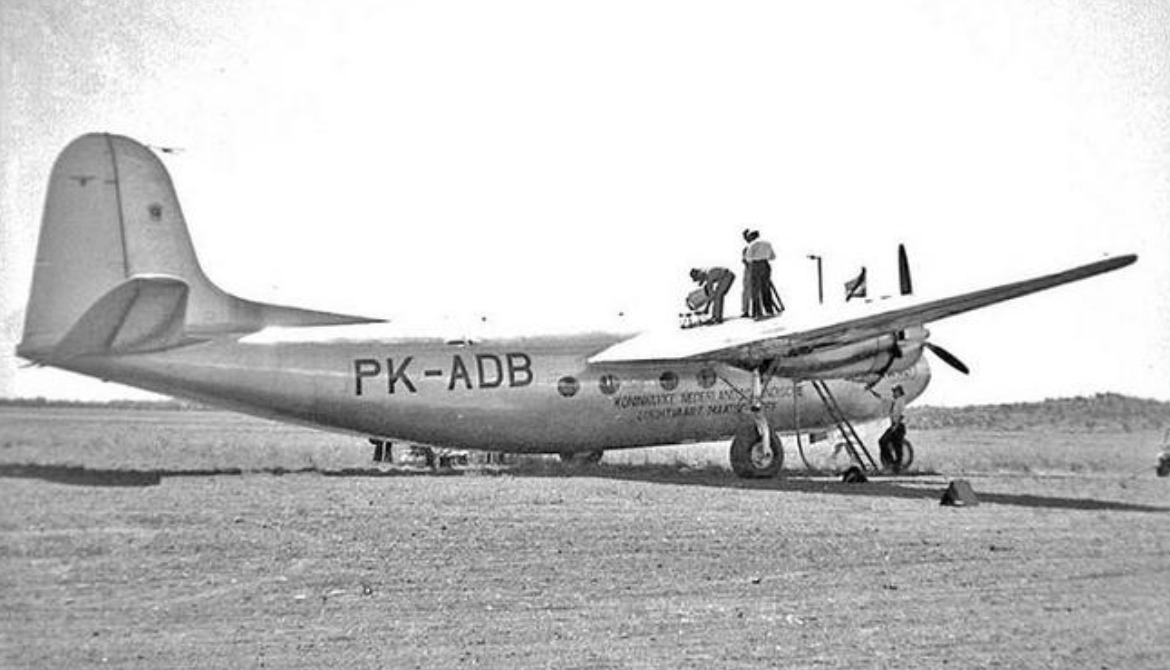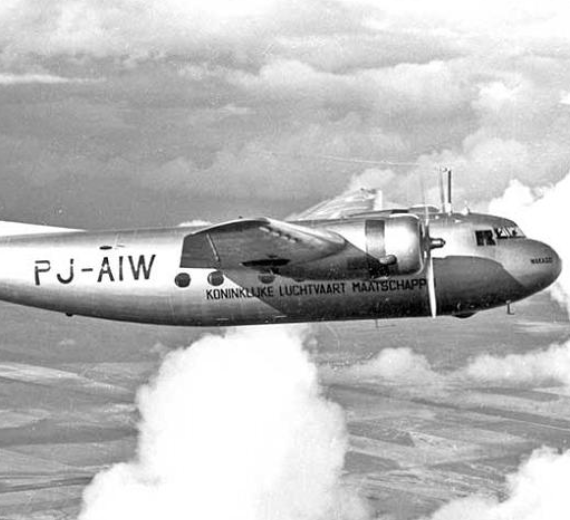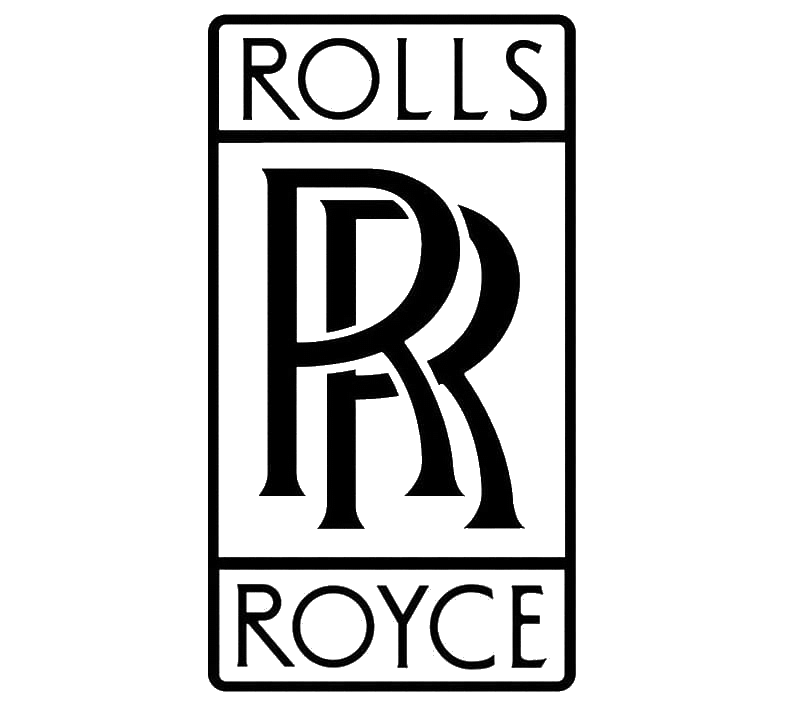Douglas
DC-5/C-110/R3D
Role Transport
Manufacturer Douglas Aircraft Company
Designer Donald Douglas
First flight 20 February 1939
Introduction 1940
Retired 1949
Status Retired
Primary users KNILMKLM
United States Navy
United States Marine Corps
Number built 12
Developed from Douglas DB-7
.
History
DC-5/C-110/R3D

The Douglas DC-5 (Douglas Commercial Model 5) was a 16-to-22-seat, twin-engine propeller aircraft intended for shorter routes than the Douglas DC-3 or Douglas DC-4. By the time it entered commercial service in 1940, many airlines were canceling orders for aircraft. Consequently, only five civilian DC-5s were built. With the Douglas Aircraft Company already converting to World War II military production, the DC-5 was soon overtaken by world events, although a limited number of military variants were produced.
The DC-5 was developed in 1938 as a 16-22 seat civilian airliner, designed to use either Pratt & Whitney R-1690 Hornet or Wright R-1820 Cyclone radial engines. It was the first airliner to combine shoulder wings and tricycle landing gear, a configuration that is still common in turboprop airliners and military transport aircraft, although the modern versions are actually high wing, as the structure sits atop the fuselage shell rather than intersecting a significant segment. The tricycle landing gear was innovative for transport airplanes. It provided better ground handling and better ground visibility for the pilots.
The fuselage was about two feet above the ground, so loading of passengers and cargo was easier than aircraft with the then-standard conventional landing gear. A very early design change was the addition of a 15-degree dihedral to the horizontal tail group to negate a hint of an aeroelasticity problem. The dorsal strake, introduced in minimal form and expanded to full growth on the Boeing 307, is also well developed on the DC-5. Another significant modification was adding exhaust stacks to the engine nacelles, which was retroactively incorporated after the series entered production. An unusual optical trick was applied to the prototype. The top of the vertical stabilizer and the outline of the engine nacelles were painted a darker color following the aircraft's contour, making the tail and engines appear somewhat smaller and the aircraft sleeker.
Prior to US entry into World War II, one prototype and four production aircraft were built.0
KmCeiling
0
KmCombat RANGE
0
Km/hAircraft Speed
0
Max Crew
Photo Gallery
DC-5/C-110/R3D


Douglas DC-5/C-110/R3D
General Info
-
-
- Crew: 3
- Capacity: 16-24 passengers
- Length: 62 ft 2 in (18.95 m)
- Wingspan: 78 ft (24 m)
- Height: 19 ft 10 in (6.05 m)
- Wing area: 824 sq ft (76.6 m2)
-
Powerplant
-
- Empty weight: 13,674 lb (6,202 kg)
- Gross weight: 20,000 lb (9,072 kg)
- Fuel capacity: ~550 US gal (460 imp gal; 2,100 L) ; 34 US gal (28 imp gal; 130 L) oil in two nacelle tanks
- Powerplant: 2 × Wright GR-1820-G102A Cyclone 9-cylinder air-cooled radial piston engine, 900 hp (670 kW) each at 2,300 rpm and 6,700 ft (2,000 m)
- Propellers: 3-bladed Hamilton-Standard Hydromatic fully-feathering variable-pitch propellers
-
-
-
Performance
- Maximum speed: 230 mph (370 km/h, 200 kn) at 7,700 ft (2,300 m)
- Cruise speed: 195 mph (314 km/h, 169 kn) 65% power at (3,000 m)
- Range: 1,600 mi (2,600 km,
- Service ceiling: (7,200 m)
- Absolute ceiling on one engine: 11,400 ft (3,500 m)
- Rate of climb: 1,585 ft/min (8.05 m/s)
- Wing loading: 24.3 lb/sq ft (119 kg/m2)
- Power/mass: 0.11 hp/lb (0.18 kW/kg)
Aircraft of comparable Role
-
- Douglas A-20 Havoc
-
-
Aircraft of comparable role, configuration, and era
.
Links to Youtube & Others
tarting in 1959 Douglas began converting DC-7s and DC-7Cs into DC-7F freighters to extend their useful lives. The airframes were fitted with large forward and rear freight doors and some cabin windows were removed.
Douglas
DC-5/C-110/R3D
Since the late 1940s Pan Am and other airlines had scheduled a few non-stop flights from New York to Europe,
Youtube Link
The predecessor DC-6, especially the DC-6B, established a reputation for straightforward engineering and reliability. Pratt & Whitney, manufacturer of the DC-6s Double Wasp engines,












